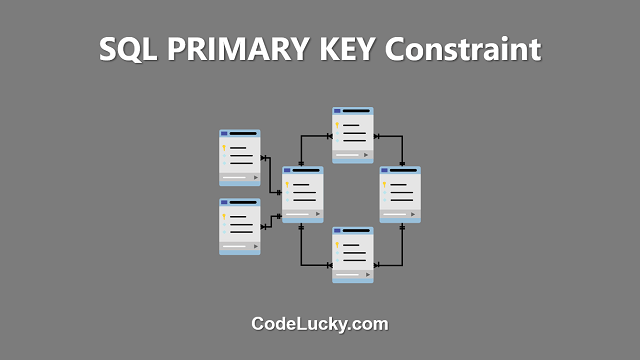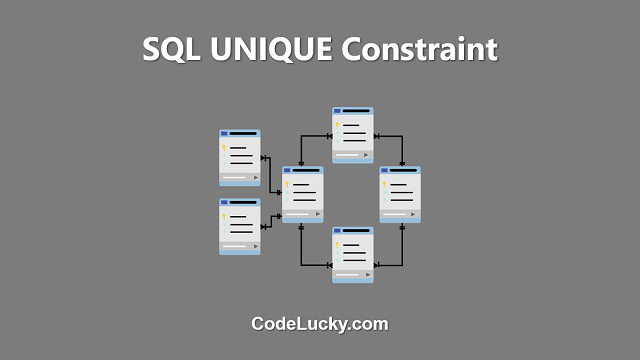SQL NOT NULL constraint is used to enforce a column to not have a null value. This constraint ensures that a value must be entered for a column, helping to maintain the accuracy and consistency of the data in a database.
Why Use the NOT NULL Constraint
The NOT NULL constraint is important because it helps to ensure that a value is always entered for a particular column. This helps to maintain the accuracy and consistency of the data in a database. For example, if a column represents a required field in a form, the NOT NULL constraint can be used to enforce that a value must be entered for that field.
Creating NOT NULL Constraint
The NOT NULL constraint can be specified while creating a table using the CREATE TABLE statement or can be added later using the ALTER TABLE statement. Here is an example of creating a table with a NOT NULL constraint:
CREATE TABLE products ( product_id INT PRIMARY KEY, product_name VARCHAR(255) NOT NULL, price DECIMAL NOT NULL );
In this example, the product_name and price columns have a NOT NULL constraint, which means that a value must be entered for these columns when a new record is inserted into the table.
Altering NOT NULL Constraint
The NOT NULL constraint can be added or removed from a column using the ALTER TABLE statement. Here is an example of adding a NOT NULL constraint to a column:
ALTER TABLE products MODIFY product_name VARCHAR(255) NOT NULL;
In this example, the NOT NULL constraint is added to the product_name column, which means that a value must be entered for this column when a new record is inserted into the table.
Dropping NOT NULL Constraint
The NOT NULL constraint can be dropped from a column using the ALTER TABLE statement. Here is an example of dropping a NOT NULL constraint from a column:
ALTER TABLE products MODIFY product_name VARCHAR(255);
In this example, the NOT NULL constraint is dropped from the product_name column, which means that a value can now be left blank for this column when a new record is inserted into the table.
Conclusion
The NOT NULL constraint is a useful tool for ensuring that a value is always entered for a particular column in a database. By enforcing a column to not have a null value, it helps to maintain the accuracy and consistency of the data in a database. Whether you are creating a new table or modifying an existing one, the NOT NULL constraint can be easily specified or removed using the CREATE TABLE and ALTER TABLE statements.







